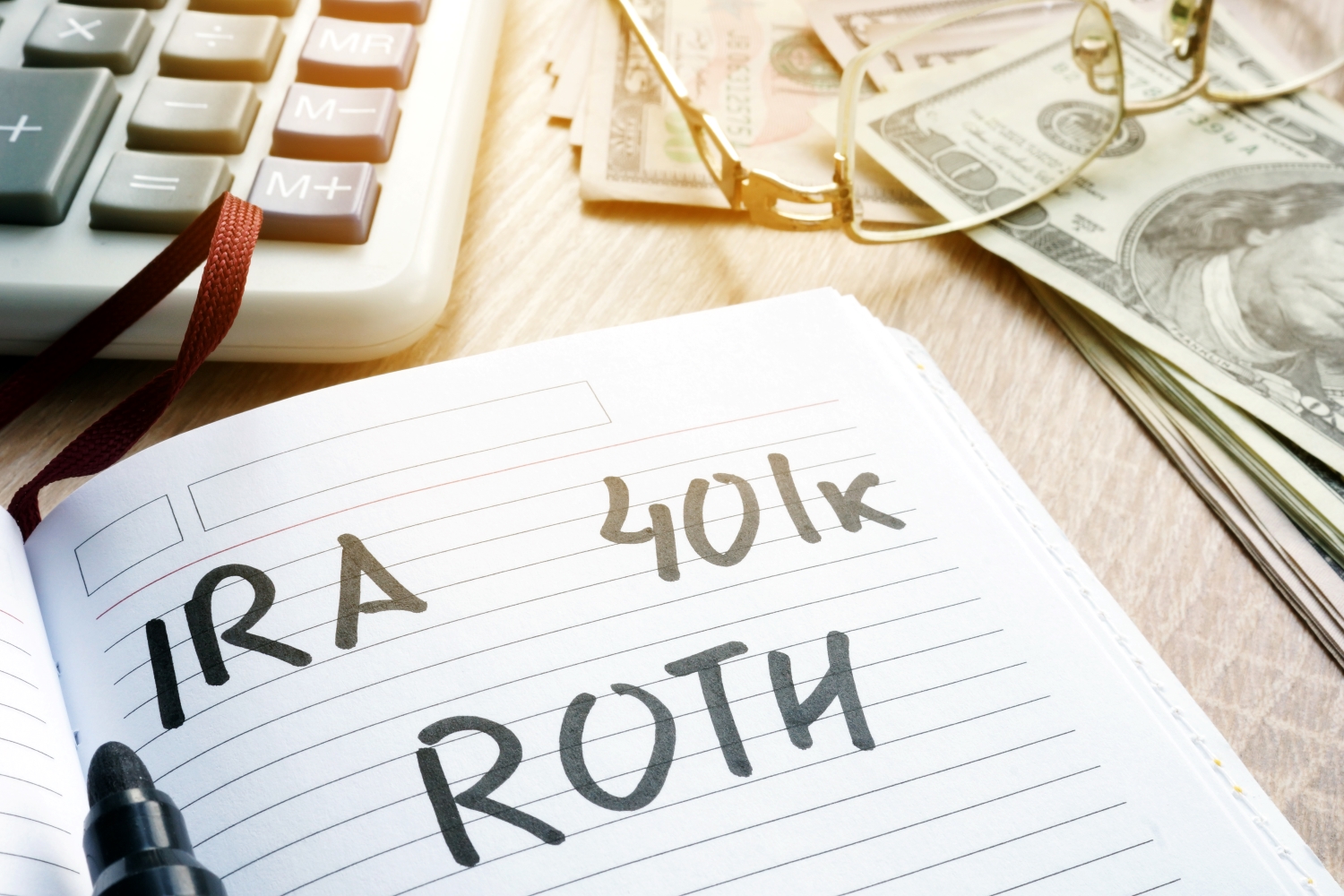If you’re still new on your career path, retirement can feel like a lifetime away. However, the sooner you start planning for retirement the more time you will be giving your money to grow. An account growing for 30+ years will be much larger than one growing for just 10 to 20 years.
When it comes to early career financial planning, learning about retirement accounts is an essential part of building wealth and financial stability. Here’s a breakdown of the basic elements of these accounts and how they work.
Understanding 401(k) Accounts
One of the most common types of retirement accounts is the 401(k). The name of this account refers to the section of the tax code that outlines the rules, such as contribution limits and how those contributions affect your taxes. It’s the most popular type of retirement plan offered by for-profit companies.
Broadly speaking, a 401(k) account is a type of employer-sponsored retirement plan. While it’s possible to have an individual 401(k) you must be a sole business owner to qualify.
Benefits of Contributing to a 401(k)
There are a few reasons why the 401(k) has become so popular. It offers many benefits.
First, the matching contribution may be the most important benefit because it can double your money without incurring any market risk. If your employer offers matching contributions, you’re essentially doubling your contribution to your account balance (you contribute 3% of your salary, your employer matches with another 3%, and your account balance totals 6%). Employers generally match an employee’s contribution up to 3% of the employee’s salary because that satisfies an IRS “safe harbor” threshold.
Second, you can defer taxes on the growth of money in your retirement account. For example, let’s say you make $60,000 a year and contribute $15,000 to a 401(k). That year, your adjusted gross income (AGI) would be $45,000, meaning your contributions reduce your taxable income amount on which you would pay income tax during those years you contribute to your retirement plan.
A third benefit of using a 401k is taxes on investment gains are deferred until much later in life when you take those funds from the tax-protected shelter of the 401k for use as income, generally during your retirement years.
A fourth benefit is the convenience of having your employer deduct your contributions from your paycheck automatically. You can set this up once and it continues automatically until you decide to change it. You’re always in control of how much your contribute, if anything, but having money deducted before you can spend it can help provide the consistent contribution discipline that might be more difficult if you had to avoid the temptation to spend and to make a special effort to contribute that money each time you receive a paycheck.
A fifth benefit is the generally lower cost your employer may offer the retirement plan than any employee might be able to achieve on his or her own with less buying power. A penny saved is a penny earned so this could add up over many working years.
Individual Retirement Accounts (IRAs)
Even if you’re contributing to a 401(k), it also makes sense to open an individual retirement account (IRA). You can contribute to both accounts and boost your retirement savings even more. There are two types of IRAs: traditional and Roth. Here’s a quick comparison of a Roth IRA vs Traditional IRA.
Traditional IRA
A traditional IRA works similarly to a 401(k) in that your contributions are tax-deferred. This means the more you contribute, the less you pay in taxes. Like a 401(k), you must keep the money in your account until you reach age 59 ½ or you’ll incur a 10 percent income tax penalty on top of your ordinary tax rate.
Roth IRA
If you’re looking for more flexibility with a retirement account, a Roth IRA is a better choice. You don’t get to defer the taxes on your contributions, but that also means you can withdraw your money (excluding any market gains) at any time without a penalty. Best of all, because you’ve already paid taxes on that income, you can withdraw tax-free once you turn 59 1/2.
When it comes to early career financial planning, it’s good to have both types of IRAs. In 2024, the contribution limit for all IRAs is $7,000 or $8,000 if you’re 50 or older. This total isn’t $7,000 per account; it covers both. So, you must be strategic about how much you contribute to each within the year.
Getting Started With Retirement Savings
If you’re still not convinced to start saving for retirement right now, you may want to use an online IRA calculator. These calculators can show you how much you can save for retirement by maximizing contributions. Once you see the actual numbers, you may be more motivated to start saving.
That said, navigating different retirement accounts can be challenging, especially when it comes to tax preparation. For that reason, it makes sense to use retirement planning services to ensure your money works as hard as possible to create a massive retirement nest egg. You can also learn about early career investment basics to see how to grow your income in other ways. Want more great financial tips? Subscribe to our newsletter and get professional advice for free.



